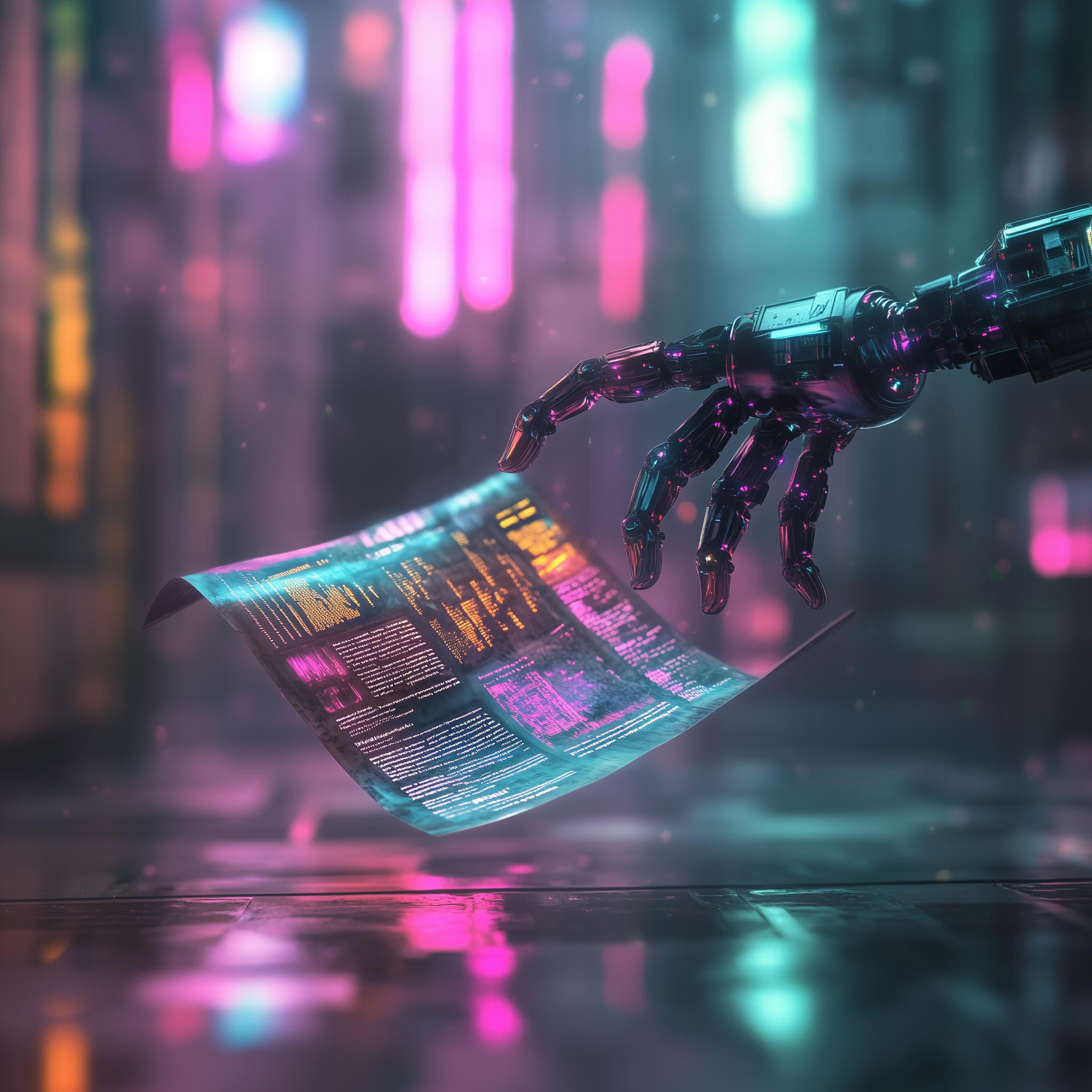What is Agentic AI?
Artificial intelligence has come a long way. First, we had predictive AI, which analysed data to forecast trends. Then came generative AI, capable of creating text, images, and even music. Now, we’re stepping into a new era: Agentic AI—AI that doesn’t just assist but acts on its own.
Agentic AI is the next evolution, where AI systems think, decide, and take action independently. Unlike traditional AI, which follows pre-programmed rules, or generative AI, which creates content based on prompts, agentic AI can set goals, make choices, and adapt to changing conditions—without constant human intervention.
How Does Agentic AI Work?
Agentic AI relies on a four-step cycle:
- Perceive – Gathers data from sources like sensors, databases, or websites.
- Reason – Uses AI models to understand tasks and devise solutions.
- Act – Executes decisions by interacting with software, tools, or physical systems.
- Learn – Improves over time by analysing feedback and adjusting its approach.
Think of it like a digital employee who can manage complex workflows, backtrack if needed, and improve with experience.
What Makes Agentic AI Different?
Here’s a simple breakdown of how agentic AI compares to traditional and generative AI:
| Feature | Traditional AI | Generative AI | Agentic AI |
|---|---|---|---|
| Primary Function | Follow rules & automate tasks | Generate text, images, etc. | Achieve goals by making decisions |
| Autonomy | Low – Needs human input | Moderate – Responds to prompts | High – Operates independently |
| Adaptability | Low – Requires reprogramming | Moderate – Can adjust style/content | High – Learns & evolves in real time |
| Examples | Spam filters, chatbots | ChatGPT, DALL-E | Self-driving cars, AI customer service agents |
Where is Agentic AI Used?
Businesses are already harnessing agentic AI in various ways:
- Customer Service: AI agents handle queries, process requests, and resolve issues autonomously.
- Finance: AI monitors transactions, prevents fraud, and even manages investments.
- Healthcare: AI helps with diagnosis, treatment recommendations, and patient support.
- Marketing: AI personalises campaigns, automates content creation, and analyses trends.
- Cybersecurity: AI detects threats, responds to attacks, and strengthens digital defences.
What’s Next for Agentic AI?
Agentic AI is expected to revolutionise industries in the next decade. Here’s what to expect:
- Short-term (1–2 years): AI automates more complex business processes, reducing costs and increasing efficiency.
- Mid-term (3–5 years): AI agents become common in workplaces, handling tasks once managed by humans.
- Long-term (5–10 years): AI could reshape entire industries, leading to self-managing businesses and smarter cities.
The Risks & Challenges
While promising, agentic AI comes with challenges:
- Bias & Ethics – If trained on flawed data, AI can make biased decisions.
- Security Risks – Autonomous AI could be hacked or manipulated.
- Job Displacement – Some roles may be replaced, requiring workforce adaptation.
- Loss of Control – AI needs clear boundaries to align with human goals.
The Bottom Line
Agentic AI is a game-changer. It’s not just another chatbot or tool—it’s AI that acts independently. While we’re still in the early stages, businesses that embrace agentic AI today will take charge in the future. The key is balancing innovation with responsibility, ensuring AI serves as an asset, not a risk.
The AI revolution isn’t coming—it’s already here. The question is: How will you use it?



